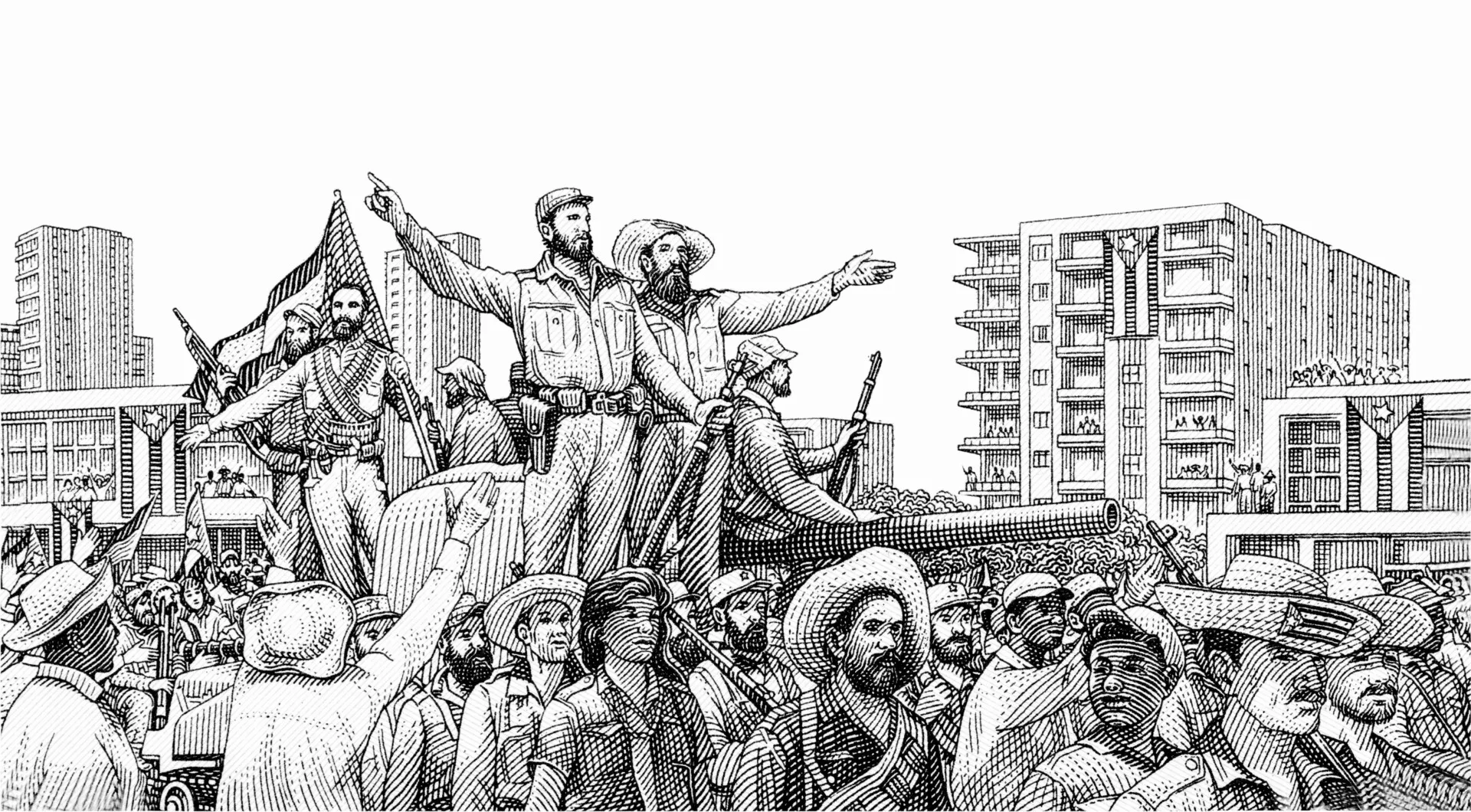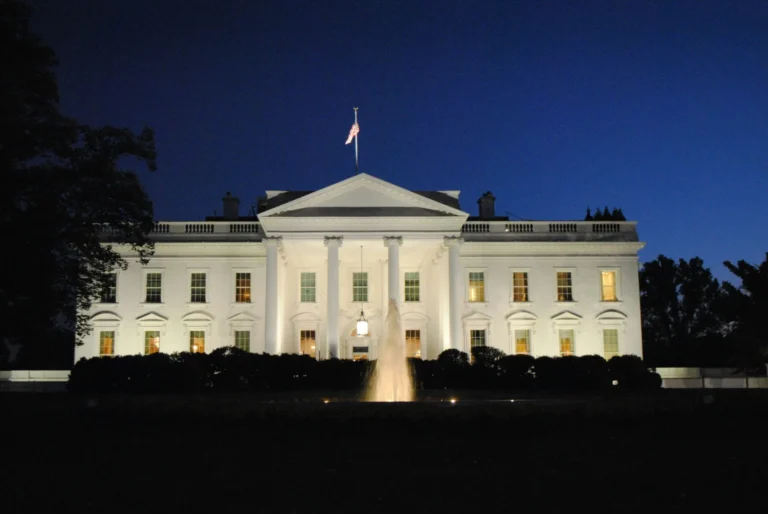The American Spark has decided to discuss a few key, well-documented instances in which U.S. officials worked to overthrow foreign governments too left-wing for their personal taste.
The next three articles we publish will discuss a very disturbing U.S. plan of action intended to smear socialist Cuba and provide a false pretense for invasion of the island nation.
The problem? The plan – called Operation Northwoods – called for a series of terrorist actions to be performed on the American people by their own government. Cuba would be falsely blamed for the attacks, and a U.S. invasion of the island would begin.
Here’s how the U.S. got to that point …On 1 January 1959, the Cuban dictator Fulgencio Batista was overthrown by the 26th of July Movement (in Spanish, it is called the “Movimiento 26 de Julio,” or M-26-7) a left-wing revolutionary organization. Its chief leader was Fidel Castro.
Batista was swept into power in 1933 as a leader of the Revolt of the Sergeants. Batista – who supported capitalism and was a firm friend of the U.S. – soon appointed himself head of Cuba’s armed forces and for all practical purposes controlled the island’s presidency.
Though eventually he gave up power and moved to the United States, in 1952 Batista returned to Cuba and ran for president in an apparently free and fair election. When it was clear he was going to lose, Batista spear-headed a repressive military coup that took and held the country by force.
The United States almost immediately recognized Batista’s coup as a legitimate seizure of power.
Batista quickly befriended the wealthiest Cuban landowners, and he and his cronies set up a repressive economic system in which they received handsome profits for awarding lucrative commercial contracts to U.S.-based multi-national corporations. They also made princely sums by making deals with members of the American Mafia.Such actions predictably created a stagnant economy that did little more for most Cubans than widen the gulf between the rich few and the poor majority.
The Batista dictatorship continually received military, logistical and financial support from the U.S.Some Cubans simply had enough of such repression, stagnation and U.S. interference in their affairs. They pledged to do all they could to get rid of Batista, and end U.S. imperial actions on their island nation once and for all. Fidel Castro and his group were simply the ones who succeeded.
As it became clear that most Cuban people had come to despise the Batista regime, the U.S. Ambassador to Cuba, Earl Smith, personally informed Batista that American officials could not continue their support of his government.
U.S. officials talked Cuban General (and American ally) Eulogio Cantillo into ousting Batista. In secret, Cantillo obtained a ceasefire with the popular Fidel Castro, and added a promise that government forces would try Batista for war crimes instead, Batista flew into exile on December 31st, 1958 with over $300 million he had obtained through payoffs and graft.
Cantillo then entered the Presidential Palace in Havana, declared Cuban Supreme Court justice Carlos Piedra as President, and took it upon himself to begin appointing a new government – all without checking with the Cuban people, of course.
Perhaps understandably, Castro thought such actions were little more than the makings of a new tyranny. He quickly ordered sympathetic leaders in the Cuban army to arrest the U.S.-friendly General Cantillo.
This also appears to be the point in which Castro began to believe that no one outside of himself and his closest lieutenants deserved his full trust. It was a sober lessen that would both help and hurt his administration of Cuba in the years to come.
As it became more clear that Castro’s government would not be another puppet for ‘U.S. interests’ and that it was dedicated to creating a socialist state in Cuba, the American elite came to brand Castro as the enemy of every virtue they pretend to hold dear.But behind it all, the U.S. elite simply sounded panicked. True, now and again an action by Castro could well be declared a proof of a creeping tyrannical urge in the new leader – but the American elite never had a problem with the tyrant Batista, or any other dictator who made money for them.
One suspects that what really frightened U.S. elites about the Cuban socialist government was the possibility that it might actually create a successful economy. After all, its sugar crops were plentiful money-makers and its cigars were noted as being among the best in the world. And Cuba’s position in the Gulf of Mexico seemed tailor-made to facilitate trade.Whatever the case, a socialist nation just 90 miles from U.S. shores could not be tolerated by America’s capitalist elites. Castro and his Cuban experiment had to go, whatever the cost.
A 1975 Senate Select Committee report entitled, Alleged Assassination Plots Involving Foreign Leaders, clearly laid out the activities of U.S. elites at the time:
“In the fall of 1961 the Kennedy Administration considered the consequences of Castro’s removal from power and the prospects for United States military intervention if that occurred. Two studies were prepared.
“National Security Action Memorandum 100 (NSAM 100) directed the State Department to assess the potential courses of action open to the United States should Castro be removed from the Cuban scene, and to prepare a contingency plan with the Department of Defense for military intervention in that event.
“The CIA prepared an ‘Intelligence Estimate’ on the ‘situation and prospects’ in Cuba. The focus of these studies was on the possible courses of action open to the United States in a post-Castro Cuba, rather than on the means that might bring about Castro’s removal.
“It does not appear, however, that assassination was excluded from the potential means by which Castro might be removed.”
CIA Director Richard Helms testified to the Senate Committee that during these years “it was made abundantly clear to everybody involved … that the desire was to get rid of the Castro regime and to get rid of Castro … the point was that no limitations were put on this injunction [Emphasis in original report].”
The time was right to develop a sweeping plan like Operation Northwoods.






